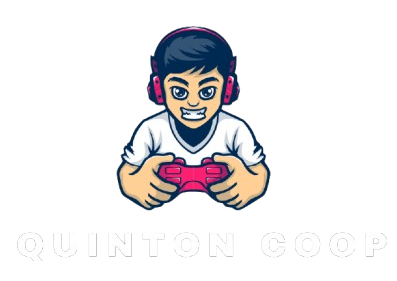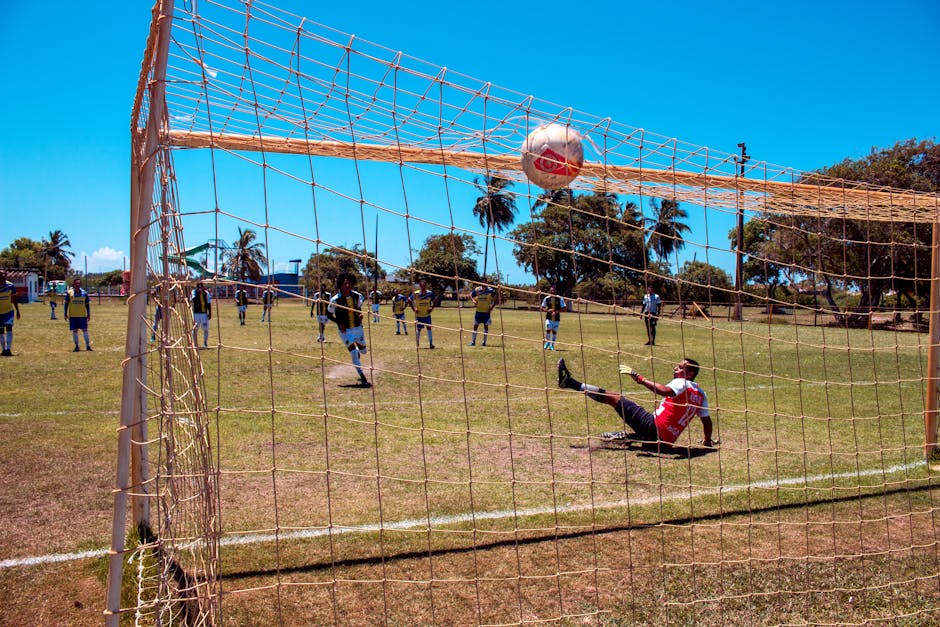Lost in Translation: The Art of Game Localization
Picture this: you’re playing your favorite video game, fully immersed in the gameplay, when suddenly, a dialogue box pops up with text in a language you don’t understand. Frustrating, right? That’s where game localization comes in, bridging the gap between different languages and cultures to ensure gamers worldwide can enjoy the same seamless experience.
Game localization is not just about translating words; it’s about adapting the entire game to resonate with a diverse audience. From tweaking dialogues to suit regional preferences to adjusting graphics and animations to be culturally appropriate, the process is as intricate as solving a complex puzzle.
But why is game localization so important? Imagine a game set in ancient Japan with characters speaking in colloquial English – the immersion is lost, the authenticity diluted. By investing in quality game localization, developers can create a truly immersive experience that resonates with players on a deeper level.
Now, you might think game localization is only for big-budget productions, but that’s not entirely true. With the rise of indie game developers and freelance translators, there are budget-friendly options available for smaller projects too. So, whether you’re a AAA studio or a one-person team, there’s a localization solution for every budget.
Beyond just making games accessible to a global audience, game localization also plays a role in preserving cultural diversity. By showcasing different languages and traditions in games, developers can foster a sense of inclusivity and appreciation for our rich cultural heritage.
In a world where borders are becoming increasingly blurred, game localization is more than just a service; it’s a celebration of diversity and a testament to the power of communication. So, the next time you fire up a game and see it seamlessly translated into your native language, remember the unsung heroes behind the scenes making it all possible – the game localizers.

